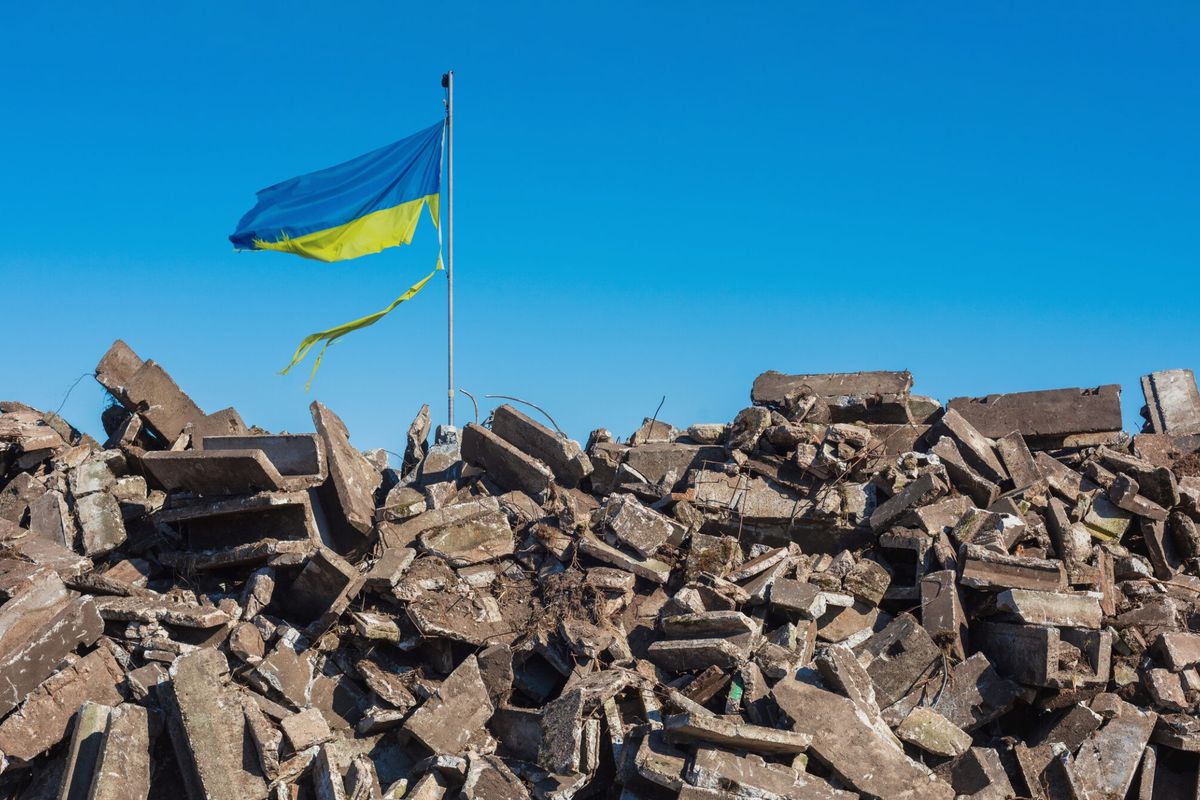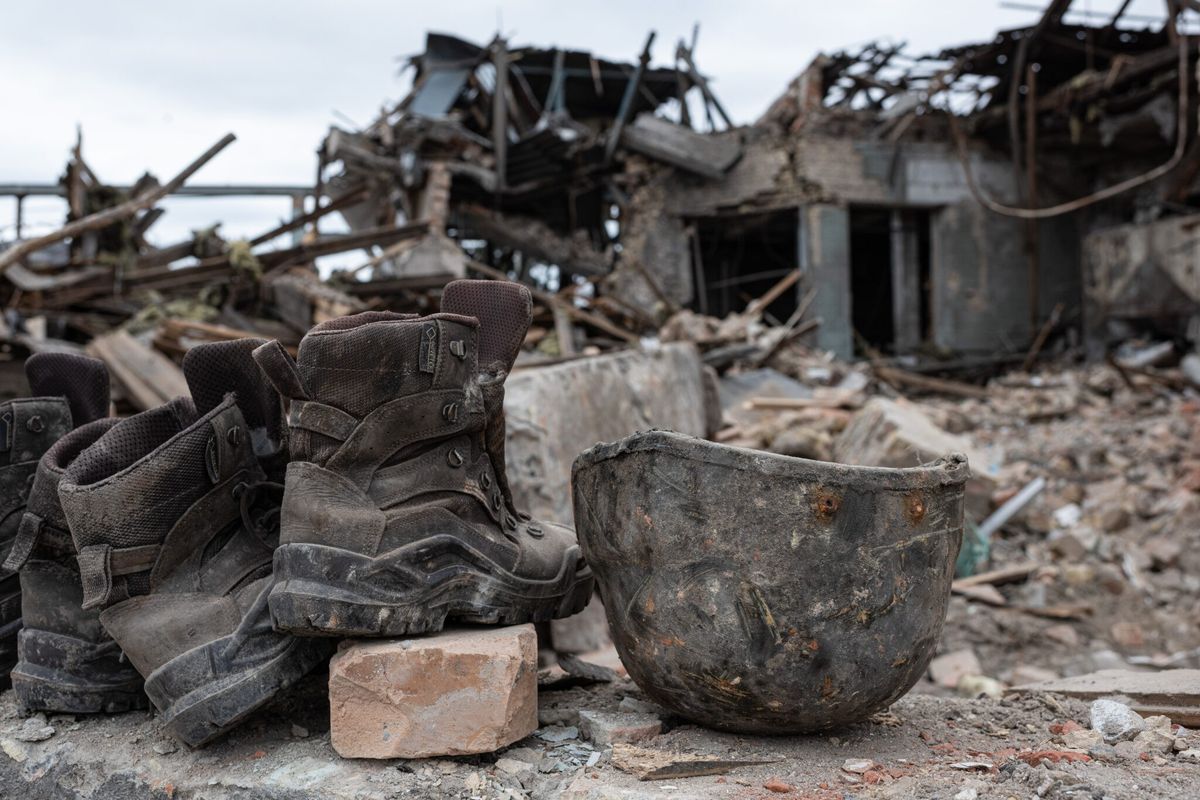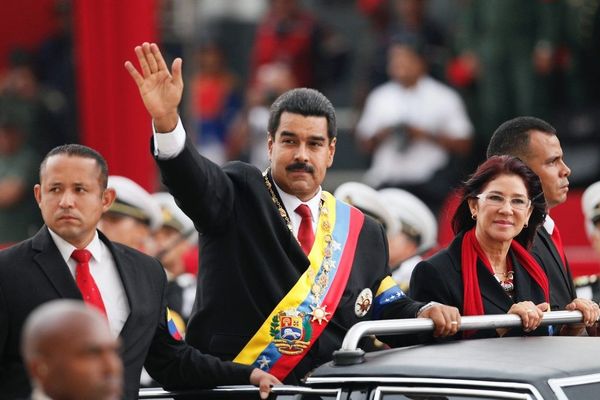UN peacekeeping is rarely headline news, but when the Trump Administration announced in March that it was seeking to make cuts of $1 billion in funding for UN peacekeeping, the announcement attracted wide attention.
The United States has agreed to contribute $2.2 billion toward the cost of UN peacekeeping activities this year. That sum represents 28.5 percent of the total UN peacekeeping budget of $7.87 billion. The size of the assessment is determined each year by the UN General Assembly on the basis of a complex formula that takes into consideration a country’s relative economic strength, among other factors. Permanent members of the Security Council – the United States among them – are required to pay an additional share. The formula is agreed to by all UN member states, including the United States.
Peacekeeping costs have risen since the end of the Cold War, in part because of the expanded number of peacekeeping operations. This year alone there are more peacekeeping operations (16) than there were in the entire 40-year period from 1948 to 1988 (15). The number of military and police deployed has increased correspondingly, from 10,300 in 1990 to 96,500 today, along with considerably more civilian personnel. Significant though this expansion has been, it is dwarfed by the steep rise in armed conflict. Since 2008, the number of major armed conflicts worldwide has almost tripled.
The range of functions that peacekeeping operations conduct today is also much broader than before. Historically, with some notable exceptions (Congo 1960-64), peacekeeping was a relatively simple operation, with unarmed or lightly armed UN soldiers typically deployed to monitor a ceasefire between warring parties to a conflict. Today, peacekeepers are responsible for a wide range of tasks, such as ensuring the delivery of humanitarian aid, assisting with refugee and displaced person returns, monitoring and conducting elections, demilitarizing and demobilizing armed forces, vetting civilian police, monitoring human rights, and protecting civilians, among other tasks. In some cases (Kosovo and Timor-Leste), the United Nations has effectively served as the surrogate government.
This expansion of responsibilities is not principally the consequence of “mission creep” – although that is also a factor – but a reflection of the changing nature of the challenges that UN peacekeeping faces. Whereas in the past, the vast majority of armed conflicts had been wars between states, most armed conflicts today are wars within states. Keeping and consolidating the peace in such cases often requires extensive institution-building following the cessation of hostilities, including security sector reform, the establishment of an independent judiciary, the promotion of the rule of law, and the strengthening of capacity across all areas of governance, among numerous other activities of a state-building nature.
While the U.S. contribution to UN peacekeeping may seem like a lot of money, Washington gets a lot of bang for its buck. For one thing, U.S. soldiers and police are not put in harm’s way, as they rarely serve in peacekeeping operations: The troop-contributing countries tend to be from the Global South, with Ethiopia, India, and Pakistan currently responsible for the largest contributions. Moreover, countries volunteering uniformed personnel to peacekeeping operations are reimbursed by the United Nations at a relatively modest standard rate of $1,332 per soldier per month. Compared with the cost of $4,405 per month for the total compensation package of a junior U.S. soldier, that is a significant savings. Considering, too, that in 2015, the United States received some $1.6 billion from procurement contracts associated with UN peacekeeping, the U.S. burden turns out to be much less than it might otherwise seem.
This is not to suggest that there is no scope for enhancements and efficiencies with respect to UN peacekeeping. In early April, the United States called a special session of the Security Council to reflect on the effectiveness of UN peacekeeping. In a “concept paper” that the United States circulated in advance of the meeting, it asked Council members to “consider whether current peacekeeping operations continue to be the best-suited mechanisms for meeting the needs of those on the ground and achieving the Council’s political objectives, or if changes are needed.”
The concept paper, together with the threatened budget cuts, have spurred a debate that could lead ultimately to needed reform of UN peacekeeping. One welcome reform would be the adoption of meaningful measures of peacekeeping success. Peacekeeping mandates are too often vague and imprecise, making it difficult to assess whether an operation is meeting agreed objectives. The use of benchmarking and other rigorous evaluation practices could help produce a more accurate picture of the situation on the ground that could inform the Security Council about needed course adjustments.
Another welcome reform would be greater burden sharing by regional and sub-regional security organizations. The African Union (AU), in particular, is now more operational and poised to take on greater responsibility for peacekeeping on the continent where most of the world’s violent conflicts occur. However, if the AU is going to do more heavy lifting, it will need financial support. AU member states have committed to covering 25 percent of the cost of AU peacekeeping operations authorized by the United Nations; UN member states need to be prepared to assist the AU by agreeing to make up the difference.
Finally, the Security Council needs to be more hard-nosed about the peacekeeping operations it supports. The Trump Administration wants to put an end to entanglement in “frozen conflicts,” where there is no political process to support or worse still, where host government support of the operation is lacking, as in the Democratic Republic of the Congo today. At the same time, however, it is important to bear in mind that a UN peacekeeping presence can often make the critical difference between life and death for thousands of civilians ensnared in violent conflict. At the end of the day, the cost of saving lives has to be weighed against the benefits of saving dollars.












